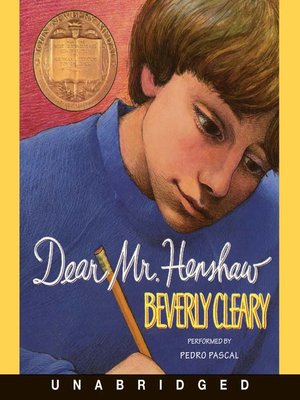
The Huggins and Quimby families represent a romanticized mid-century middle-class American upbringing, with the nostalgia of Norman Rockwell and the sensibilities of Dick van Dyke, but like those peer illustrations of an American life, fail to represent those for whom that life isn’t true. Even the Ellen Tebbits series, though separate from the others, also takes place in Portland and details such problems as putting up with obnoxious boys and wearing embarrassing woolen underwear. There, the “Charlie Brown” or “Arthur”-like neighborhood is always bustling with cheery children and parents whose funny adventures around town entertain and inspire a young reader. Henshaw” is a thoroughly lonely book, perhaps more fitting for pandemic times than the more popular and numerous volumes of the Henry Huggins or Ramona Quimby series - both of which feature social, middle-class adolescence on Klickitat Street in Portland, Ore. That ‘try’ produced one of her more lasting additions to the children’s literary canon. “And I had never thought about it, but I said I’d - give it a try,” she said. Henshaw” at the behest of two letters from children asking for a book about a child of divorce. In fact, as she explained in a 2019 interview for WETA, Cleary wrote “Dear Mr. Henshaw” stands out as sad far sadder than any of her other works. Henshaw” takes on new meaning, as protagonist Leigh navigates an unromanticized and bittersweet childhood full of loneliness and struggles against an elusive father figure.



After a year of isolation, Beverly Cleary’s 1983 Newbery-winning “Dear Mr.


 0 kommentar(er)
0 kommentar(er)
